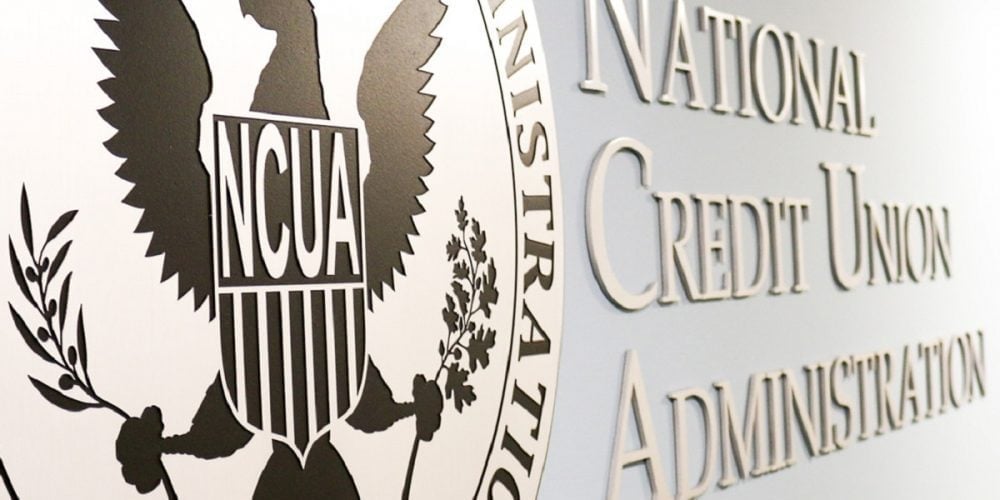
A recent website article on the “dont’s of Facebook” usage gave me a few laughs and also got me to thinking about how credit unions are using (or not using) this remarkable social networking tool to reach their members.
When used correctly, Facebook is a great way for a credit union to connect with its members and potential members. As with other social media channels, however, there are definitely do’s and dont’s for best practice use. If your credit union decides to use Facebook, it needs a plan, just like for a marketing campaign, branding strategy or name change process.
With that in mind, let’s drill a little deeper and take a quick look at five essential do’s and don’t’s for credit union Facebook use.
Five Essential Credit Union Facebook Do’s
- Make sure your credit union Facebook pages mirror your overall brand image. You’ve worked hard to create and display your credit union’s brand, so make sure your Facebook page matches this. Use the same logo and color scheme, whenever possible. While the basic Facebook page structure limits some aspects of this, you can also look into creating a customized page.
- Encourage your members to check-in at the credit union. Checking-in is a terrific way to show the activity at your credit union. Think about the foot traffic your branches enjoy on a daily basis. Having members check-in when they visit encourages interaction and enhances awareness of your locations.
- Share events, updates and other credit union news on your Facebook page. Attend a charitable or community event? Post it to the credit union Facebook page. Reminding members about the upcoming annual meeting? Post it to the credit union Facebook page. Launching an awesome new promotion? Post it to the credit union Facebook page. And remember to include pictures whenever possible.
- Do ask relevant questions on your page and use that as research. Are you considering adding a new product or service? Quiz members as to what they need or value in a financial institution. Without prematurely staking yourself to a particular offering, ask more generalized questions about what members want and need, then use that valuable data in your planning.
- Do regularly update the page and respond to member feedback and questions. An inactive Facebook page is a sign of inactive social media efforts. Page visitors expect to see timely and relevant updates. If someone visits your Facebook page and sees the last update was “Merry Christmas!” from December 25, 2011, there’s a problem.
Five Essential Credit Union Facebook Don’ts
- Don’t get into arguments or confrontations on your credit union Facebook page. One basic rule to remember is that you will never win an online argument. As a business or financial institution, you should simply never enter into one. Members upset about something may very well post their displeasure on your page. Avoid deleting negative comments (unless they are slanderous or vulgar). Rather, address the concern, list your credit union’s telephone number and member service email address and invite the member to contact you to discuss the situation.
- Don’t be a robot. If you simply repeat the same thing, every day (e.g., “Hi! Your friends at XYZ Credit Union hope you have a great day!”) people will quickly lose interest. Make your comments timely, relevant and compelling. Encourage dialogue.
- Don’t over-update. At the other extreme, don’t blast your page viewers with too many comments. While there is no set industry standard, a good rule of thumb is to limit Facebook posts to several times a week.
- Don’t let your spelling and grammar slip. Proofread every post, just as you proofread newsletters, brochures and news releases. Just because it’s the internet doesn’t mean you are not held to grammatical and spelling standards. In fact, page viewers will quickly call you out on typos. Avoid that by proofing before you post.
- Don’t forget to include your Facebook page in all other marketing and communications. Your credit union Facebook page address should be listed on all marketing communications materials. Put it on your brochures, posters and website. Make it as easy for members to connect with you as possible. Your Facebook page is part of your brand, so treat it just as importantly as any other marketing effort.
As Facebook closes in on the one billion users mark, being a part of this social networking phenomenon could prove an integral part of your credit union’s larger marketing and branding strategy. Stick to a few simple guidelines and engage with members and potential members like never before.
Mark Arnold, CCUE, is an acclaimed speaker, brand expert and strategic planner. He is also president of On the Mark Strategies, a consulting firm specializing in branding and strategic planning. Some of the services Mark provides include strategic planning, brand planning, leadership/management training, marketing planning and staff training. His web address is markarnold.com and his blog is blog.markarnold.com. You can also contact him at 214-538-4147 or mark@markarnold.com.






